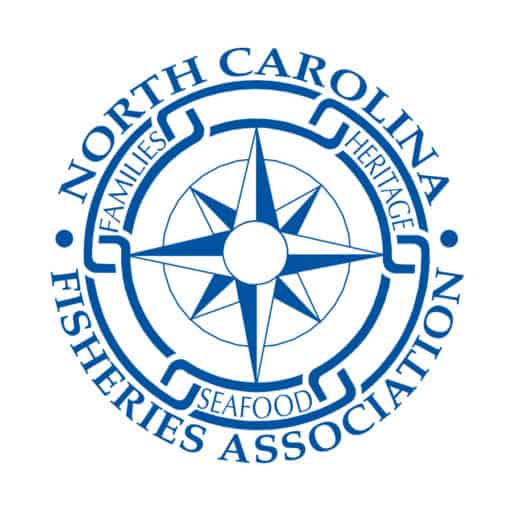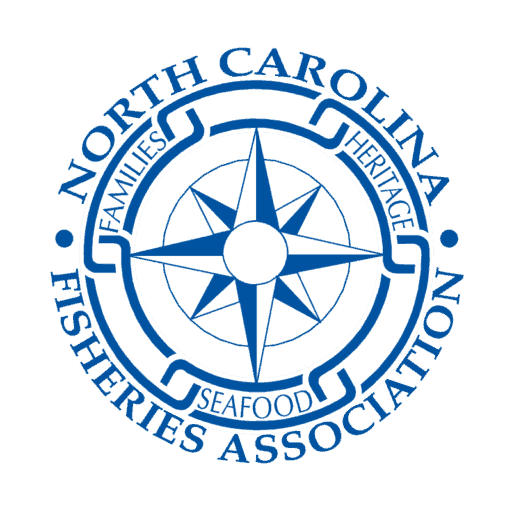North Carolina has several important fisheries management plans (FMPs) that are due for an update in the near future. Striped mullet and speckled trout are regulated by NCDMF (Division) and these FMPs will be updated through our state process. Whereas, Spanish Mackerel, are regulated on the federal level and that FMP process will be done through the South Atlantic Fisheries Management Council (SAFMC). All three of these species are important and vital to our gill net fishermen in this state. All three of these species are also important to the recreational sector as well. FMPs are the legally binding, regulatory framework that agencies must follow to manage our fisheries and it is very important for NCFA and you to know what goes into each and every one.
So, since we have all this coming up let’s review the FMP process at the state level.
An FMP is a plan using the best available scientific data to achieve optimum yield of a fish stock. Optimum yield is simply the amount of fish harvested that will provide the greatest overall benefit to the economy while taking into account the protection of the ecosystems. Most FMPs also factor in protecting endangered marine species, marine mammals and can include bycatch reduction plans as well as other requirements.
All FMPs begin with a stock assessment. A stock assessment uses landing data from commercial and recreational fishermen as well as other scientific observations to describe the past and current stock status. The stock assessment also tries to fill any information gaps brought up during the last assessment. This process also tries to predict how a stock will respond to different management measures that may be considered in the FMP.
All this information determines the “current status” of the fish stock. Current status allows for the development of the maximum sustainable yield (MSY)-the largest long-term average harvest that can be removed over an indefinite period if environmental and fisheries conditions are
constant. MSY basically says, in theory, if you catch the exact number of fish being born every year the new fish being born will replace the fish being harvested thereby allowing the population to indefinitely remain constant. MSY sets a harvest
threshold that should keep stocks viable and allow them to remain at or above the target population.
If a fish stock is at or above the target population size it can support MSY. But if the population is overfished or overfishing is occurring the stock can no longer support MSY.
Overfishing is defined as a stock with a harvest rate higher than the rate that produces the stock’s MSY. Overfishing basically means fishermen are removing more fish from the stock than are being born and to keep the stock at or above the target population level a harvest reduction is needed.
Overfished means the spawning stock biomass of the fishery is below the level that is adequate for the recruitment class of a fish stock to replace the spawning class. This basically means that the numbers of young fish (who are the next generation spawning stock) is too low to adequately replace the current spawners. And it’s very possible that when it’s their turn to breed they will not produce enough offspring to keep us at our target population and achieve MSY if we do not reduce harvest over a certain period of time.
After the stock assessment has been peer reviewed and accepted, a draft FMP is then developed by Division staff and an advisory committee under direction from the Marine Fisheries Commission (Commissioners). This draft is then presented to the advisory panels (APs) who vote on options or vote to add options in the draft FMP. I will note here that the Division also usually recommends options to achieve management goals established in the stock assessment. Public comment is also taken before AP review.
After AP review, the draft FMP is then presented to the Commission at one of their quarterly business meetings. The Commission is also given the choice of the same options to choose from. They also are again given the Division’s recommended options and are made aware of the AP’s chosen/added options. Public comment is also taken at this stage.
Once the votes of the Commission are done the “draft” FMP now becomes the “FMP”. But not all is set in stone quite yet, the FMP must go before the Commission one more time at another meeting. The public now has one more chance to comment before final approval. The Commission then has a final vote to either approve or amend (any amendment has to stay inside the original framework of the FMP) the options that were voted on at the previous meeting. This vote (assuming all rules and proper procedures in the process were followed) is final. The FMP now determines the new framework by which the fisheries will now operate. Future management of this stock from the Division can only operate inside the parameters established in the FMP. That’s why it is so important for us to be involved in every step of this lengthy process.
Back to our upcoming FMPs.
The speckled trout is stock assessment is currently underway. Staff workload and a decision from the Division to include data through 2019 has caused a delay with the assessment. I’m unsure of the current timeframe but the specked trout FMP was scheduled to be completed before striped mullet.
The striped mullet stock assessment was completed in 2021. According to the stock assessment striped mullet is currently undergoing overfishing and currently overfished. This assessment has been peer reviewed and a draft FMP should be under development. Legally with the overfished and overfishing stock assessment, striped mullet harvest will have to be reduced by a certain percentage (I am currently unaware what that percentage is). It is then up to the Division and the Striped Mullet Advisory Committee to determine how to achieve that harvest
reduction. This is where we need to pay attention. The FMP will determine the rebuilding plan and tell us how we will have to fish in the coming years to get back to the target population size.
The Spanish mackerel stock assessment was completed this July and is up for peer review from the joint South Atlantic and Gulf of Mexico Science and Statistical Committees on August 4th
https://safmc.net/documents/2022/07/a1_ssc_aug2022_agenda_final.pdf/.
The stock assessment says that the Spanish mackerel stock is not overfished and overfishing is not occurring. But the big thing to watch on the upcoming Spanish mackerel FMP is reallocation. Recreational landings under the new MRIP (Marine Recreational Information Program) survey method showed an almost six-fold increase in 2021 landings when compared to the traditional recreational harvest estimates. With such a large increase in landings we should see a higher TAC (total allowable catch) but this also means that allocations will need to shift to keep the recreational sector below their ACL (annual catch limit). This is where it gets interesting and we need to stay vigilant to make sure the commercial sector gets their fair share of Spanish mackerel to harvest.
As you see there is a lot changes once again coming our way. Everybody needs to stay informed and keep up to date with all these important upcoming FMPs. Anytime you have questions or concerns we are here to help. Don’t be afraid to reach out and ask questions. NCFA is here to help!
Thomas Newman
Fisheries Liaison

